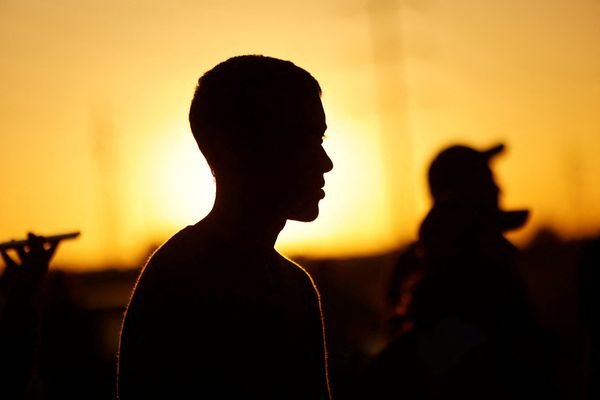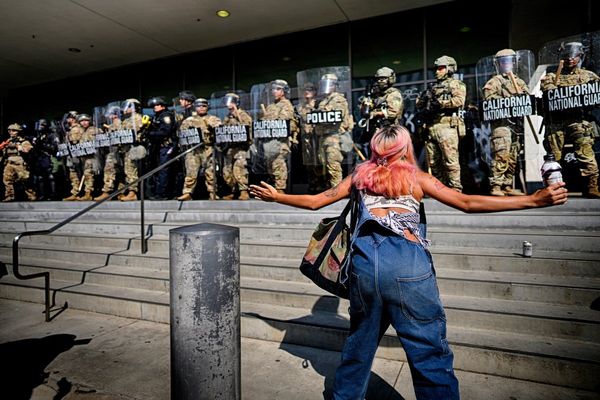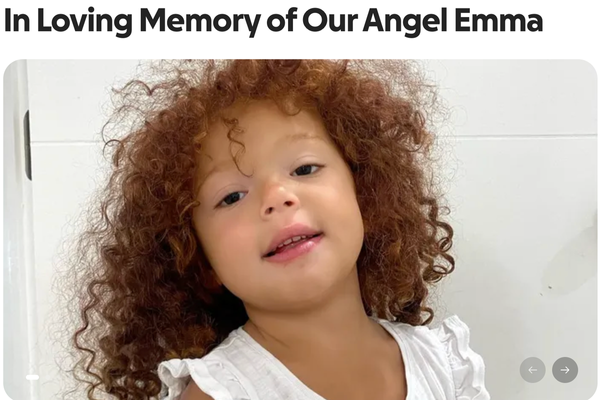
Madagascar is famous for its fauna, more than its flora, which is one reason why many conservation efforts there tend to be focused on animals facing extinction. But the Missouri Botanical Garden’s Madagascar Programme (MBG-Madagascar) has been trying to redress that imbalance by focusing its efforts on the forests – selecting 11 areas of the island to protect for the remarkable flora within. “The forests are rich in terms of diversity and endemicity, with some 14,000 species,” says conservation unit coordinator Jeannie Raharimampionona. “Ninety percent are found nowhere else in the world – and they are very, very threatened.”
One of the biggest threats comes from a farming technique used by many Malagasy farmers who live in the forests of Ankarabolava-Agnakatrika, in south-eastern Madagascar. “Slash-and-burn, a traditional agricultural practice,” says Raharimampionona. “The first year, they cut. They leave it to dry for a year, then burn it, and plant seeds and rice on the ash,” she continues, not an inch of judgment in her voice. “This is the way of the Malagasy. We eat a lot of rice – this is how we grow that rice.” The rural population also relies on other natural capital, such as trees for timber or fuel, and hunting wild animals for food. And when an area is no longer fertile or productive, farmers move on, and “the forest is eaten, slowly, slowly”.
But MBG-Madagascar, together with the conservation charity World Land Trust, may have found a solution – and it is one that hinges upon working with, rather than on behalf of, the people who live there, avoiding land grabs at all cost. “Small forests feed large communities. Their food, their clothes, their houses, their medicine – everything is from the forest,” says Raharimampionona. “And if communities feel you’re restricting, or stealing their resources … They may go against your project.”
Instead, MBG-Madagascar offers a win-win compromise. Any farming that takes place in protected areas is technically illegal, and often on unproductive land. “There, the farmers are just occupants,” says Raharimampionona. So, for the past 10 years, MBG-Madagascar has worked to offer farmers ownership of an unprotected piece of land, compensating them for the crops in the protected lands if they choose to move. While helping to legalise farmers’ ownership of the land, MBG-Madagascar also gives farmers seedlings for cloves and fruit trees that are lucrative in the national and international market to boost their revenue. And it offers other types of “green employment” for residents, such as restoration, creating nurseries and growing plants. “We invite them and encourage them to work with us, and that gives them revenue to start again.”
Initially there were 85 farmers that the organisation needed to negotiate with. And now? Raharimampionona holds up a single hand. “Five left. It has taken 10 years, but people are really seeing the benefits.”
The success of the project likely lies within MBG-Madagascar’s approach. “No pressure is placed on the farmers to accept our offer,” she says. The foundation works by installing someone from the region to become a trusted site manager, who, in turn, employs a committee that includes people from local traditional hierarchies to make decisions about and protect the land. Any issues, such as lemur hunting or illegal agricultural work, are first dealt with by the codina (the local committee), who only escalate to MBG-Madagascar if necessary. “We avoid top-down decision making. They have the freedom to decide, and we support them.”
That sensitivity and community enmeshment reaches into all aspects of MBG-Madagascar’s work; site spaces are built from local materials, rather than “shiny, big buildings”, and site managers live as part of the nearby population, rather than commuting from the city. Raharimampionona herself has begun to rethink what the word “community” really means, moving away from the idea that conservation implies a division between locals and outsiders. “I began to think more about the immigrants who join these communities, and then about me as part of the community, our team as part of the community, the plantation company as part of the community,” she says. “Communities are larger than the village alone.”
And what happened to those five farmers left in the protected area? “They were really hard to negotiate with,” Raharimampionona says. “So we left them to it …” But next, she beams: “And then they came to us. They said: ‘We are now ready to go out. Please pay us. Look for land for us – we are ready.’”
You can support projects like Ankarabolava-Agnakatrika by donating to the World Land Trust Action Fund – conservation where it’s needed most







